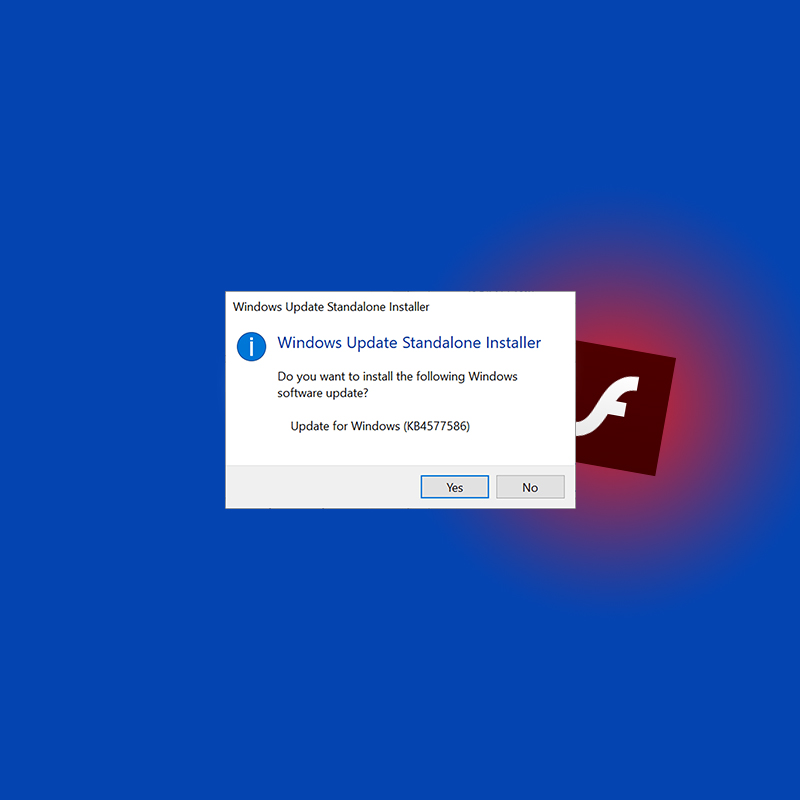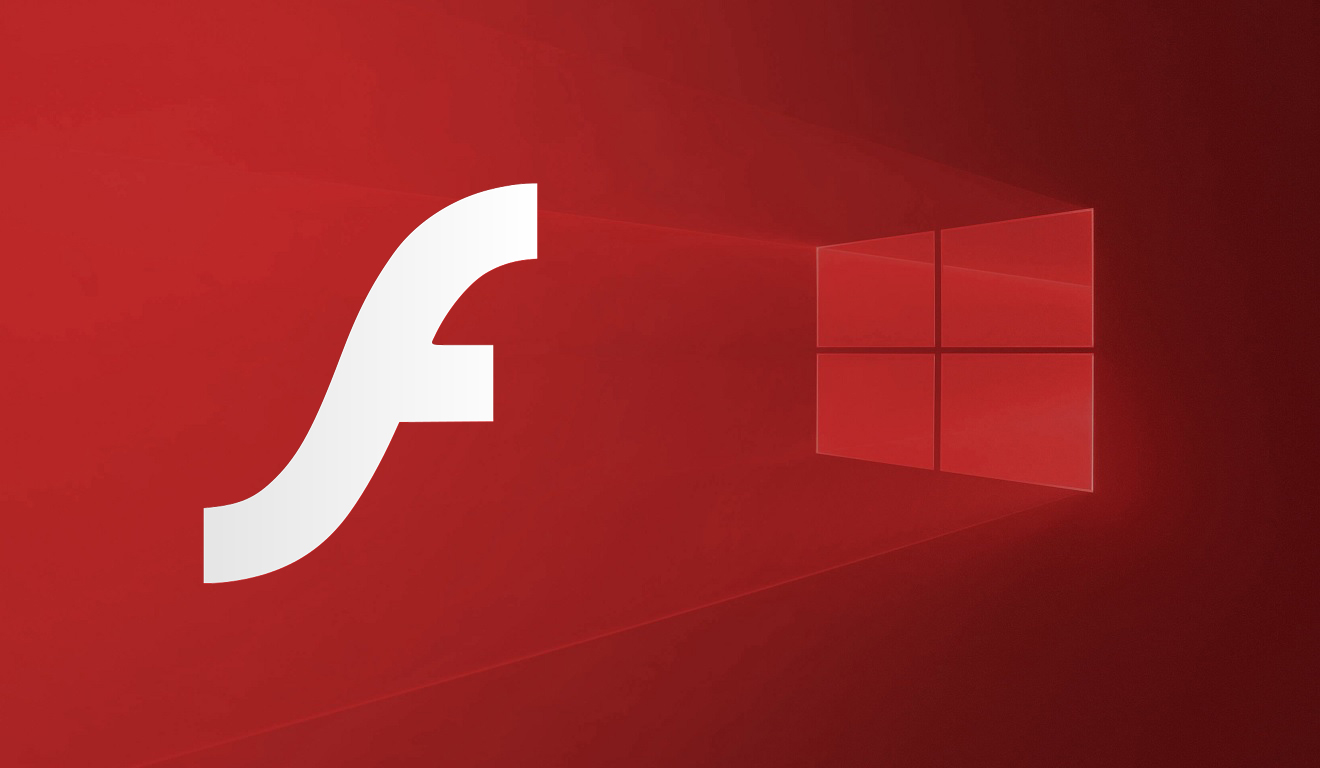
Adobe Flash Player was once loveable. It allows users to view multimedia contents, executing rich internet apps, and more.
Originally developed by Macromedia in 1996 before Adobe acquired the company in 2005, Flash Player can run from a web browser as a browser plugin or on supported mobile devices.
It was also a common format for web games, animations, and graphical user interface (GUI) elements on web pages.
According to Adobe back 2013, Flash had more than 400 million out of more than 1 billion connected desktops, all of which were updated within six week of release.
But gone are those days.
In the modern world of internet and mobile devices, Flash has been increasingly criticized for its performance, battery consumption, multiple security vulnerabilities, and more.
It was so painstakingly difficult to deal with Flash that even the late Apple co-founder Steve Jobs was critical to Flash, saying that iOS wasn't going to support Flash.
As Flash's death is certain, Microsoft is providing a farewell with the KB4577586 update.
It was back in 2017, when Adobe announced that it is going to end support for Flash Player on December 31, 2020.
As modern technology allows Flash capabilities to be put in a more modern format, tech companies, coordinated by Apple, Facebook, Google, Microsoft and Mozilla, have agreed to encourage the use of the open HTML5 standards in place of Flash.
For Microsoft, the KB4577586 update is meant to remove Adobe's Flash Player before it reaches its end of support.
The KB4577586 update Flash-removing update has been made available for all supported versions of Windows 10 and Windows Server, as well as Windows 8.1.
By applying the update, Adobe Flash Player will be removed from users' Windows devices. It should be noted that once the install is applied, users cannot uninstall it.
In other words, once installed, Flash Player on that Windows system is officially killed.
Unless users use system restore or reinstall Windows without applying the update, the result is permanent.

While Microsoft really wants to kill Flash, eliminating it from its Chromium-powered Edge and legacy Edge browsers, as well as its Internet Explorer 11 by the end of 2020, the company however, wants to continue support for its enterprise users who need to retain Flash for their line-of-business apps.
This is why "Microsoft Edge will allow Adobe Flash Player to load as a plug-in via the Internet Explorer mode feature," said Microsoft.
"Inherently, Internet Explorer 11 will also allow this. Once you make the switch from Microsoft provided Adobe Flash Player, it will be treated as any other third-party plug-in and will not receive Customer Support from Microsoft."
This KB4577586 update here, is available as an option, if users wish to test the impact of the removal of Flash to their business app.
"We are releasing this removal update in advance of end of support to help customers test and validate their environments for any impact that might occur by the removal of Adobe Flash Player. Also, if another security update for Adobe Flash Player is released, customers who take this removal update will still be offered the security update," Microsoft said on its support page.
Previously, Microsoft has worked with Adobe to deliver Flash updates for the browser plugin in order to ensure that end users can be protected from exploits and malware targeting Flash Player security flaws.
Further reading: The Death Date For Flash Results To The Death Date For 'FarmVille'